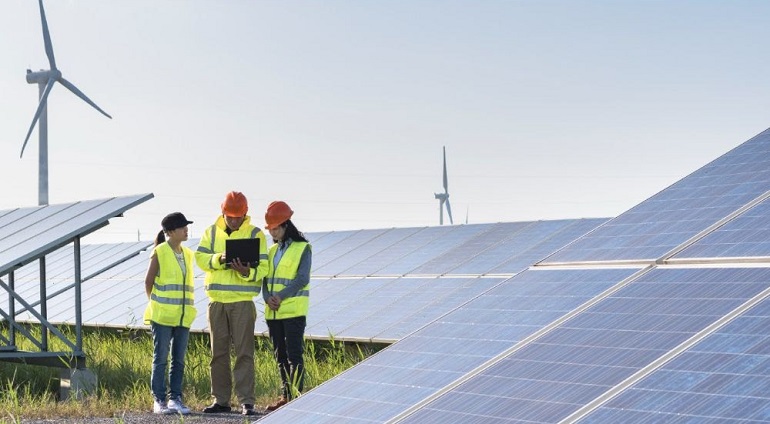The International Renewable Energy Agency (IRENA) has released its Renewable Capacity Statistics 2023 report, which reveals that the global renewable generation capacity rose to 3372 Gigawatts (GW) by the end of 2022. This represents an increase of 295 GW or 9.6% from the previous year, with renewables accounting for an impressive 83% of all new power capacity added in 2022. The report also confirms the trend of declining fossil fuel power generation.
According to Francesco La Camera, Director-General of IRENA, the continued growth of renewables demonstrates their resilience in the face of the ongoing energy crisis. La Camera noted that the strong business case for renewables, combined with supportive policies, has led to a consistent increase in their share of the global energy mix. However, he emphasized that annual additions of renewable power capacity need to triple by 2030 in order to limit global warming to 1.5°C.
While many countries increased their renewable capacity in 2022, a few countries and regions, including Asia, the USA, and Europe, continue to lead in terms of renewable energy growth. Almost half of all new renewable capacity in 2022 was added in Asia, with China being the biggest contributor, adding 141 GW to the continent’s new capacity. Europe and North America added 57.3 GW and 29.1 GW of renewables, respectively, while Africa, Oceania, South America, and the Middle East also recorded steady growth.
Hydropower remains the largest source of renewable generation capacity, accounting for 1250 GW of the total. However, solar and wind energy dominated new generating capacity in 2022, with both technologies contributing 90% to the share of all new renewable capacity. Solar capacity increased by 22%, followed by wind energy with a 9% increase. La Camera stressed that as global energy demand continues to rise, there needs to be a strategic shift beyond decarbonizing the supply side to make the energy system more resilient, inclusive, and climate-proof.


